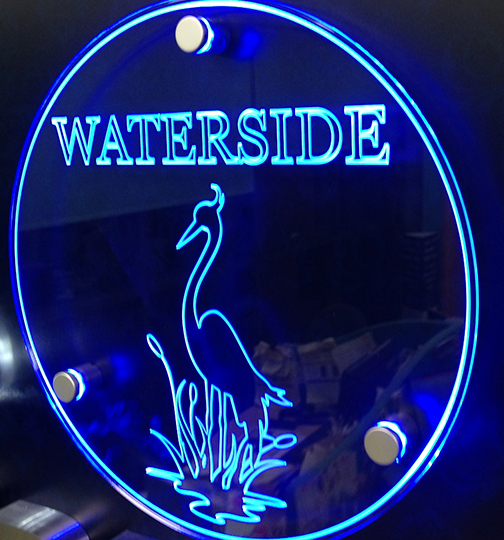External signs – keeping the local authority onside
Size matters when it comes to external signage. The bigger and more prominent a sign, the more likely you will need planning permission to install it.
This applies specifically to signage larger than 0.3 square metres and fascia signs and projecting signs on shop fronts or business premises, where the top edge of the sign is more than 4.5 metres above the ground. Some illuminated signs, as well as most advertisements on gable ends and virtually all posters require local planning authority consent.
When considering external signage, it’s worth checking the government’s Outdoor advertisements and signs: a guide for advertisers – GOV.UK (www.gov.uk) which sets out clearly how and where signs can be affixed, their sizing and how long they can be used.
The good news is that the majority of signage does not require planning permission. However, the guide includes clear rules that signage must:
- Be kept clean and tidy
- Be kept in a safe condition
- Have the permission of the owner of the site on which they are displayed (this includes the Highway Authority if the sign is to be placed on a road)
- Not obscure, or hinder the interpretation of, official road, rail, waterway or aircraft signs, or otherwise make hazardous the use of these types of transport
- Be removed carefully where so required by the planning authority
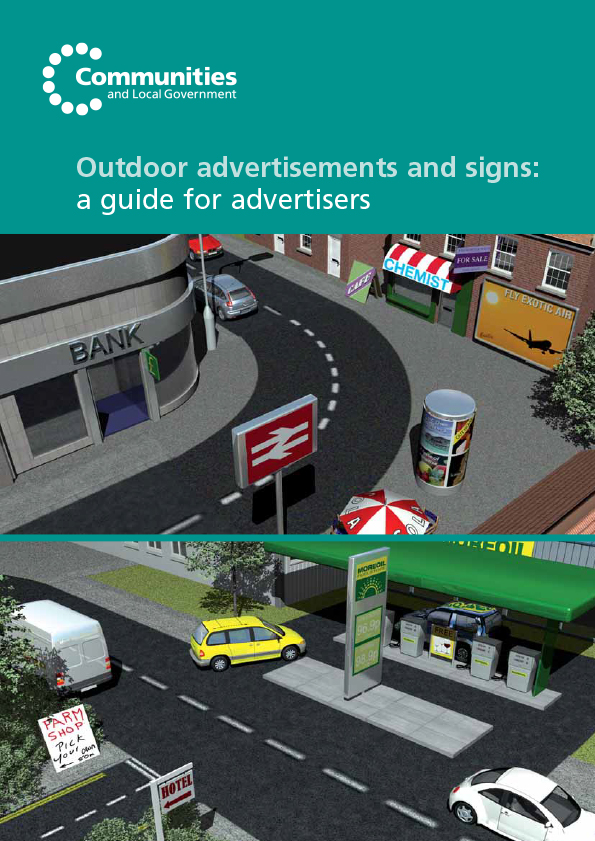
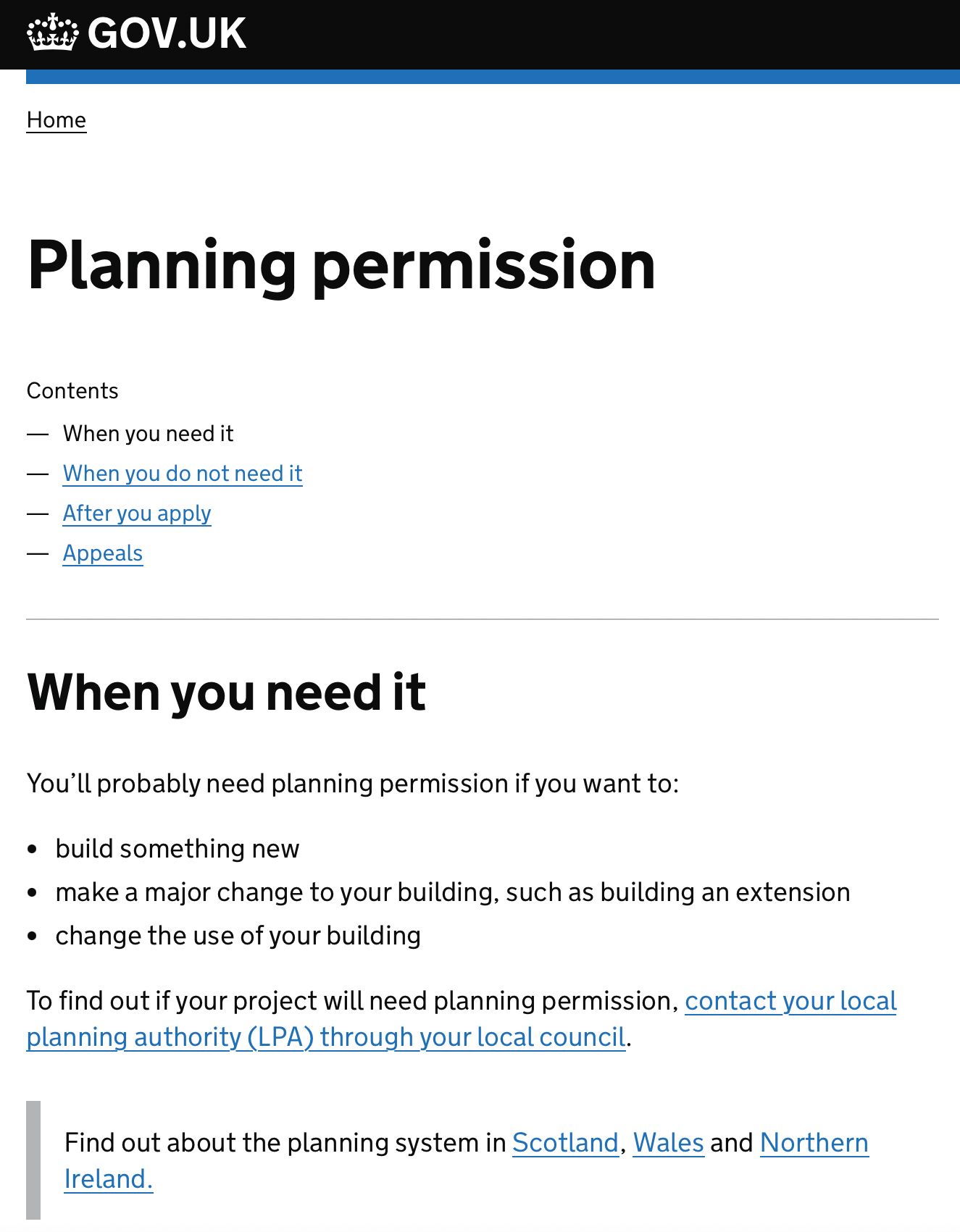
Obtaining planning permission
For signage that requires planning permission, you will need to complete an application form, available from your local council’s planning department. Alternatively, you can submit your application electronically on the Planning Portal – www.planningportal.gov.uk.
Applications need to be accompanied with illustrative plans and drawings. There is also a fee to pay, the amount of which depends on the type of advertisement.
Deciding the application
The local authority planning committee will usually decide whether to give or refuse consent. In some areas, the responsibility is delegated to a planning department officer. Planning approval is based on two issues – interests of amenity and public safety.
While many planning authorities have their own advertisement control policy statements, they will still consider the individual circumstances of each application.
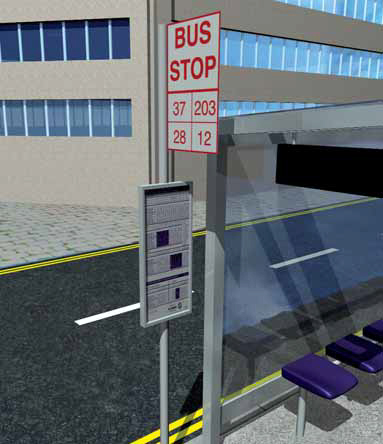

Consent and refusal
A successful application gives consent for signage to be displayed for a given period, usually five years. Interestingly, unless the council has made it a condition that the sign must be taken down after the period expires, it can continue to be displayed.
On the flip side, if your application is refused you can appeal to the Secretary of State for Communities and Local Government. You may also appeal against any conditions imposed in the planning approval, such as strict limits on the hours that shop signs can be illuminated, and where the planning authority fails to give their decision within eight weeks of the date of your application.
Illegal signage
Any advertising signage that is displayed without the necessary planning permission, is deemed illegal. Therefore, those responsible for the sign may be prosecuted under the section 224 of the Town and Country Planning Act 1990.
But, unless the signage is flagrantly flouting the law, the local council will often take the softer approach of inviting the sign owner to apply for planning permission. The guide referred to above stresses that, whether a sign needs planning permission or not, it is illegal to display any advertisement without the permission of the owner of the site or that of any other person who needs to sanction it.
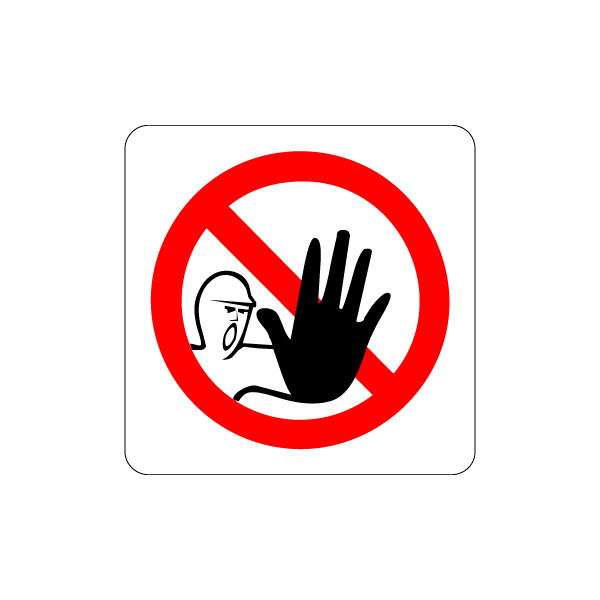
Here to help
If, after reading the guide, you are unsure about the legal requirements, contact Display Signs and we will be happy to advise you and help you to comply with the law.


